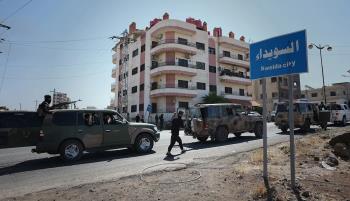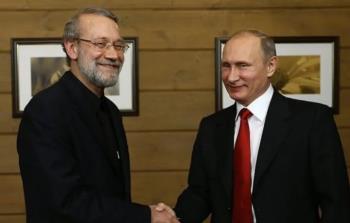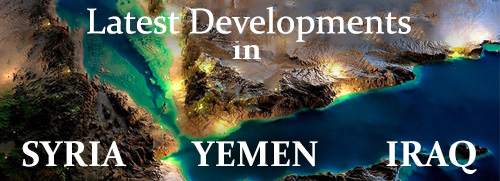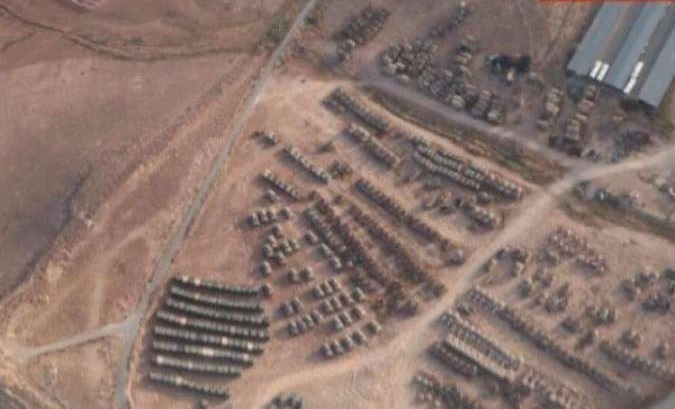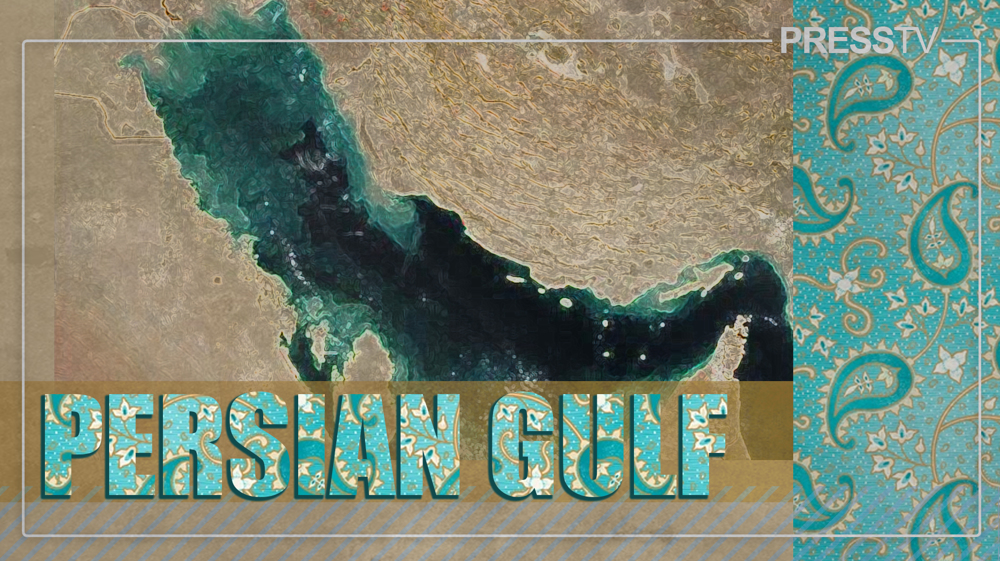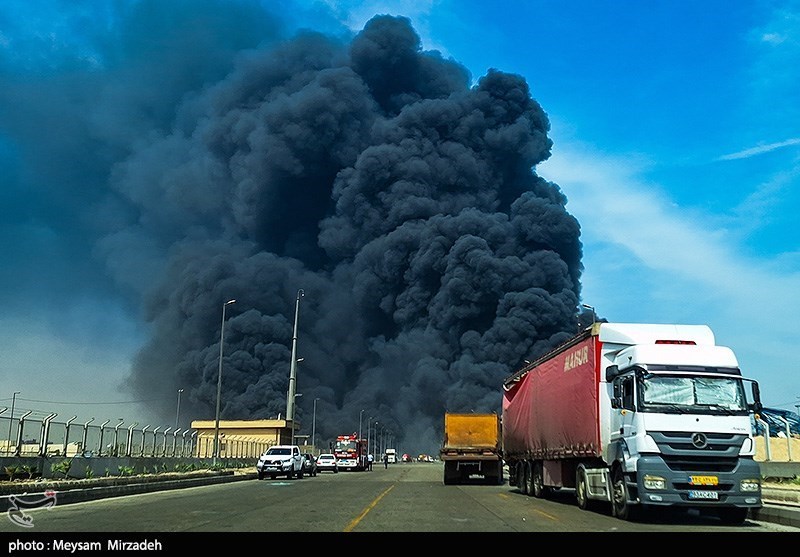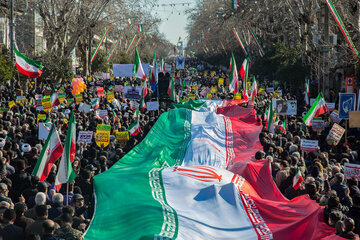Alwaght- Al Mayadeen news network published On Tuesday images of big number of American and British troops and military equipment unprecedentedly amassed in the Jordanian territory just near the border with Syria’s southeast.
The images drew large-scale reactions. Commenting on the news, the Jordanian officials said that it was a normal military gathering as part of military drills conducted every year during the past five years and meant to keep the forces prepared to confront ISIS terrorist group.
However, the recent Jordan officials' stances against Damascus and the course of developments on the Syrian conflict stage push the observers, and particularly the leaders of Axis of Resistance, to cast doubt on veracity of the Amman's claims on its fighting against terrorism. Since the spark of the crisis in Syria, Jordan played a crucial role in backing the militant groups fighting the Syrian government. Its soil has been made a base for the militant groups to be trained and armed by the West for Syria deployment.
But Amman officials so far steered clear of engaging their armed forces in direct encounter with Damascus. When Russia sent forces to Syria in late 2015 at the behest of the Syrian government to help push back the terrorists, Jordan even became more cautious and decided that it needed to match the new Syria conditions. The Jordanians attempted to get close to the Russians, and at the same time largely curbed the militants' activities in southern Syria. But this was not enough for Amman to pretend it sought peace. The Syrian President Bashar al-Assad once in an interview said that Jordan was not that independent and its leadership majorly saw themselves obliged to implement what the US and Saudi Arabia ordered in relation to Syria.
The recent Amman stances on Syria and the media reports that it seeks entering the Syrian territory make it clear that once again Jordan restores its counterproductive activities in relation to Syria as it tries to walk in line with its allies the US and Saudi Arabia. A month ago, the Lebanon-based Al Ahkbar daily reported that Washington and Amman have decided to invade southern Syria under the excuse of fighting ISIS terrorists, a move intending to partition Syria through excluding the south from other Syrian parts.
The Jordanian officials' foreign visits as well as their remarks are another reason that they are seriously struggling to weigh up the regional conditions to see if they are appropriate to attack Syria’s south. On Monday, the Jordanian government’s spokesperson said that Amman reserved the right to launch military operation deep into the Syrian territories to make sure that its borders are secure. Nearly a month ago, the Jordanian King Abdullah II visited Washington. He met with the American President Donald Trump. Their meeting coincided with the chemical attack in Syria’s town of Khan Shaykhun. The two took tough stances against Damascus and Tehran, two major allies in the region, and insisted on the need to check what they called Iran’s growing regional influence.
Now with the pictures of massive military deployment to the Syrian-Jordanian borders, the possibility of a new Western adventure is growing. The experts say the invasion could start any time. It is not clear yet how determined are the US and Jordan to pursue their goals in Syria’s southern areas, but what is obvious, the analysts suggest, is that their anti-Syrian efforts are going to meet their failure like what happened during the past six years of the devastating Syria crisis. This is largely because of Damascus and its allies' awareness of the anti-Syrian sides' plots in south of the country, something enabling the Syrians to foil them.
The news reports said that the Syrian fighter jets on Tuesday bombed the US and Britain-backed armed groups on the Syrian borders with Jordan as the ground forces made considerable progresses on the southeastern front lines. Some media have also talked about an Iranian official suggestion to dispatch ground forces to southeastern Syria in a bid to stifle advances of Western-backed militants from the Jordanian border towards the Syrian capital Damascus.

